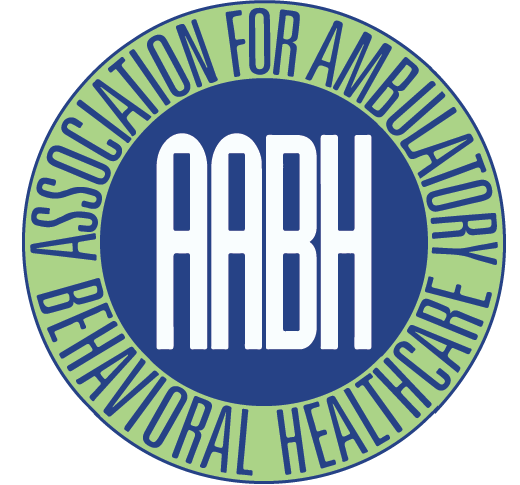AABH History
Big changes with small steps. A little known story about a very large effort.
In the early 1960s, a small group of clinicians who were involved in the relatively new treatment approach of “day hospitals” began meeting on a regular basis to discuss their challenges and experiences. They shared a basic dissatisfaction with the restrictive traditional ways in which mental health treatment was organized and delivered. They also shared a belief in the commonsense notion that individuals with acute mental illness had a better chance of recovery and health functioning if they could pursue their treatment in the same communities where they worked, went to school, or maintained their family relationships.
By the late 1960s, this group was sufficiently organized and evolved to be called the American Association for Partial Hospitalization (AAPH). By the early 1990s, AAPH had grown to over 1200 members, wrote and published the nationally recognized Standards and Guidelines for Partial Hospitalization, and continued to be referenced by CMS and other key national organizations in nationwide protocols for our industry.
In the mid-1990s, the AAPH redefined its’ mission and values to become the Association for Ambulatory Behavioral Healthcare (AABH). Today, AABH, representing hundreds of providers and professionals across the United States, is the leading advocate for PHP and IOPs nationally. AABH now operates under a voluntary Board of Directors, offering a wealth of opportunity to its’ members including national issue advocacy, research and over 50 years of continuous national conferences for education and training and other extraordinary member benefits such as client satisfaction and benchmarking.
AABH welcomes the opportunity to assist you with learning more about Partial Hospitalization Programs and Intensive Outpatient Programs, and ways to integrate one into your continuum of care. Please use the contact form on this site to inquire more information.
